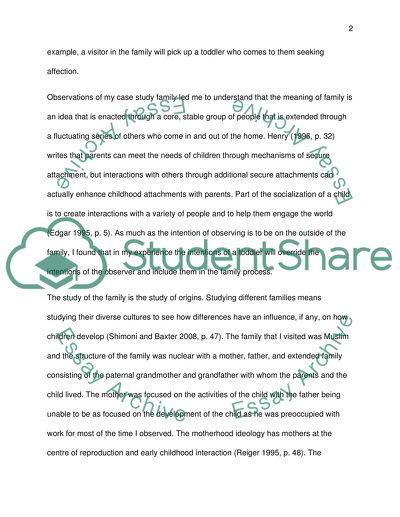Cite this document
(“A two year old child in extended family Essay Example | Topics and Well Written Essays - 1500 words”, n.d.)
Retrieved de https://studentshare.org/social-science/1478299-family-case-study-recursive-writing
Retrieved de https://studentshare.org/social-science/1478299-family-case-study-recursive-writing
(A Two Year Old Child in Extended Family Essay Example | Topics and Well Written Essays - 1500 Words)
https://studentshare.org/social-science/1478299-family-case-study-recursive-writing.
https://studentshare.org/social-science/1478299-family-case-study-recursive-writing.
“A Two Year Old Child in Extended Family Essay Example | Topics and Well Written Essays - 1500 Words”, n.d. https://studentshare.org/social-science/1478299-family-case-study-recursive-writing.


